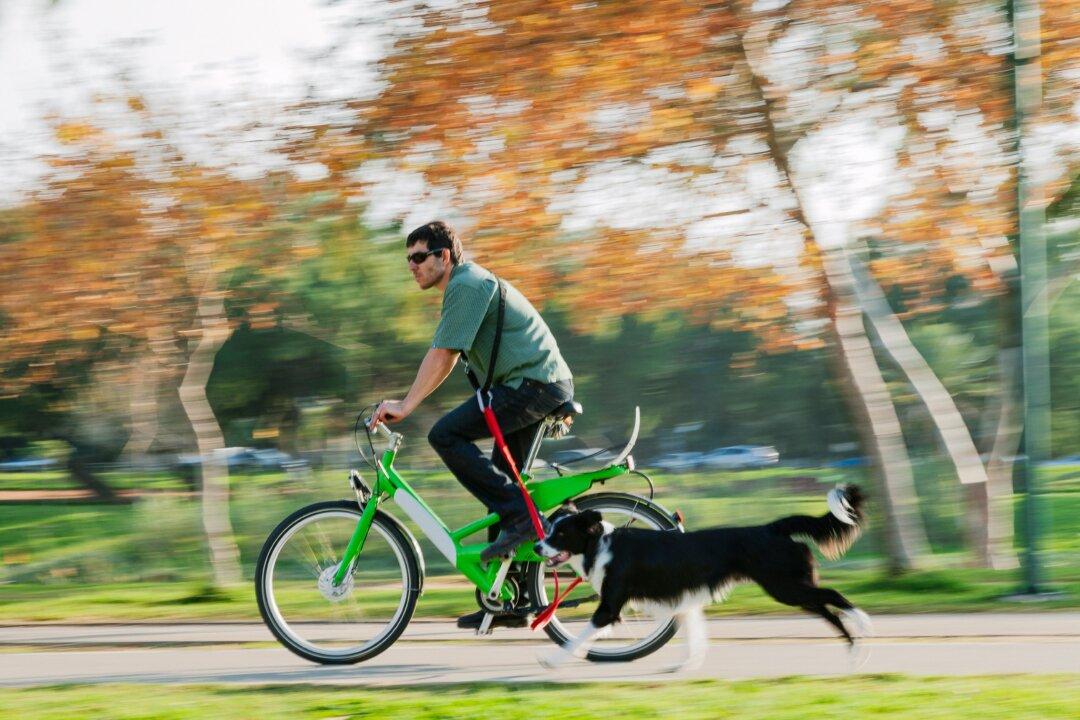To put it simply, Yes. You can.
Case closed? No, of course not. There’s a more important question, which is ‘how’? How can your furry friend enjoy the thrill of a bike ride with you? That answer isn’t as straightforward as you would think. It depends on several factors, including your dog’s breed and disposition.


